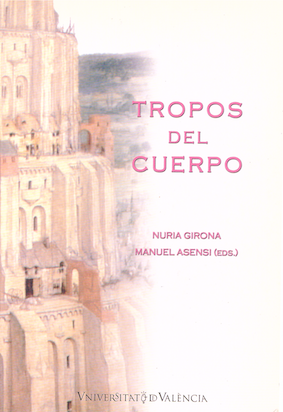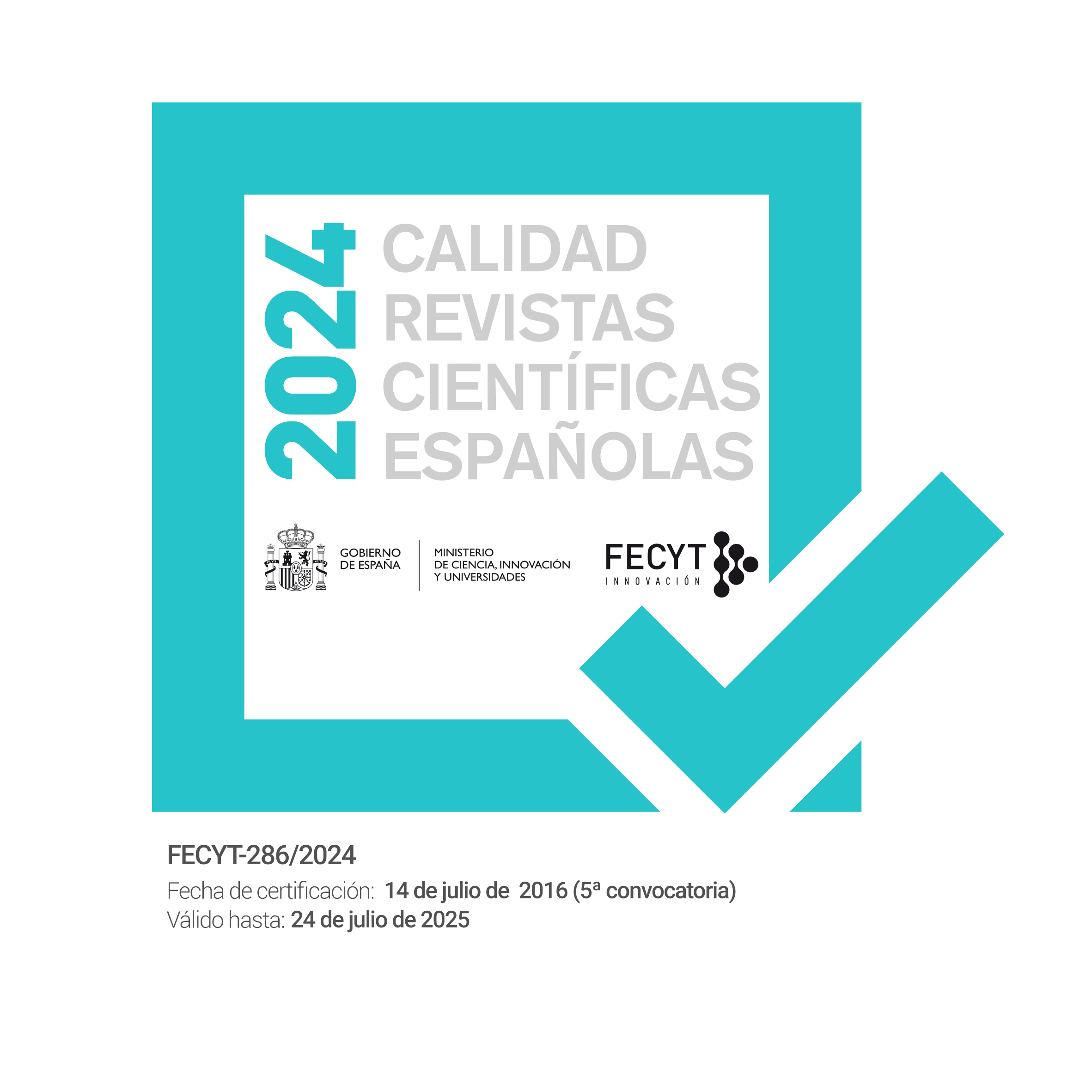Yo-cuerpo y escritura de vida. (Para una tecnología de la corporalidad femenina en los siglos XVI y XVII)
DOI:
https://doi.org/10.7203/qf-elit.v9i0.5132Keywords:
Nun, life, body, autobiography, model Abstract
Abstract
On the guidelines of the hagiography and under the mandate of the letter-confession the colonial nuns write their life. Their story is, in appearance, the one of a modelic life, that nothing leaves the improvisation. In front of the autobiographical writing that would be to later arrive three centuries, the texts that say ‘I’ in the 16th and the 17th cent. do not conform the story of an identity or subjectivity, nor either of a character, but of a body. From here, the stories of life of Maria of San José, Úrsula Suárez and the Madre Castillo exemplify the design of a complex corporal technology born in the crossing of models.
 Downloads
Downloads
Downloads
Published
How to Cite
-
Abstract326
-
PDF (Español)201
Issue
Section
License
 Este obra está bajo una licencia de Creative Commons Reconocimiento-NoComercial-SinObraDerivada 4.0 Internacional.
Este obra está bajo una licencia de Creative Commons Reconocimiento-NoComercial-SinObraDerivada 4.0 Internacional.
Authors who publish with this journal agree to the following terms:
- Authors retain copyright and grant the journal right of first publication with the work simultaneously licensed under a Creative Commons Attribution License that allows others to share the work with an acknowledgement of the work's authorship and initial publication in this journal.
- Authors are able to enter into separate, additional contractual arrangements for the non-exclusive distribution of the journal's published version of the work (e.g., post it to an institutional repository or publish it in a book), with an acknowledgement of its initial publication in this journal.
- Authors are permitted and encouraged to post their work online (e.g., in institutional repositories or on their website) prior to and during the submission process, as it can lead to productive exchanges, as well as earlier and greater citation of published work (See The Effect of Open Access).




